The Ancient Theatre of Epidaurus, a marvel of ancient Greek architecture, is nestled in the heart of the Peloponnese in Greece. Known for its exceptional acoustics and stunning aesthetics, this historical site continues to host performances, connecting the modern world with the ancient.
Get your dose of History via Email
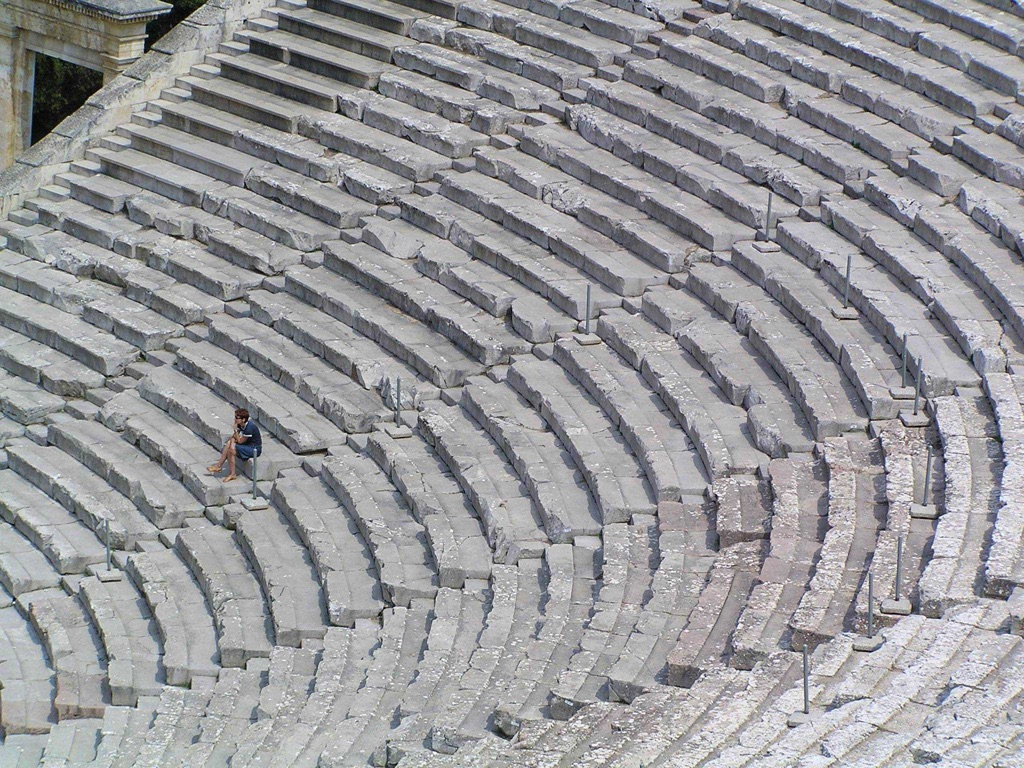
Historical Background
The Ancient Theatre of Epidaurus was constructed in the late 4th century BC. It was part of the sanctuary dedicated to the ancient Greek God of medicine, Asclepius. The theatre was a venue for the Asclepieia, a festival held in honour of Asclepius. The theatre was designed by Polykleitos the Younger, a well-known ancient Greek architect and sculptor. Originally the theatre had 34 rows of seats divided into 34 blocks by stairs and walkways.
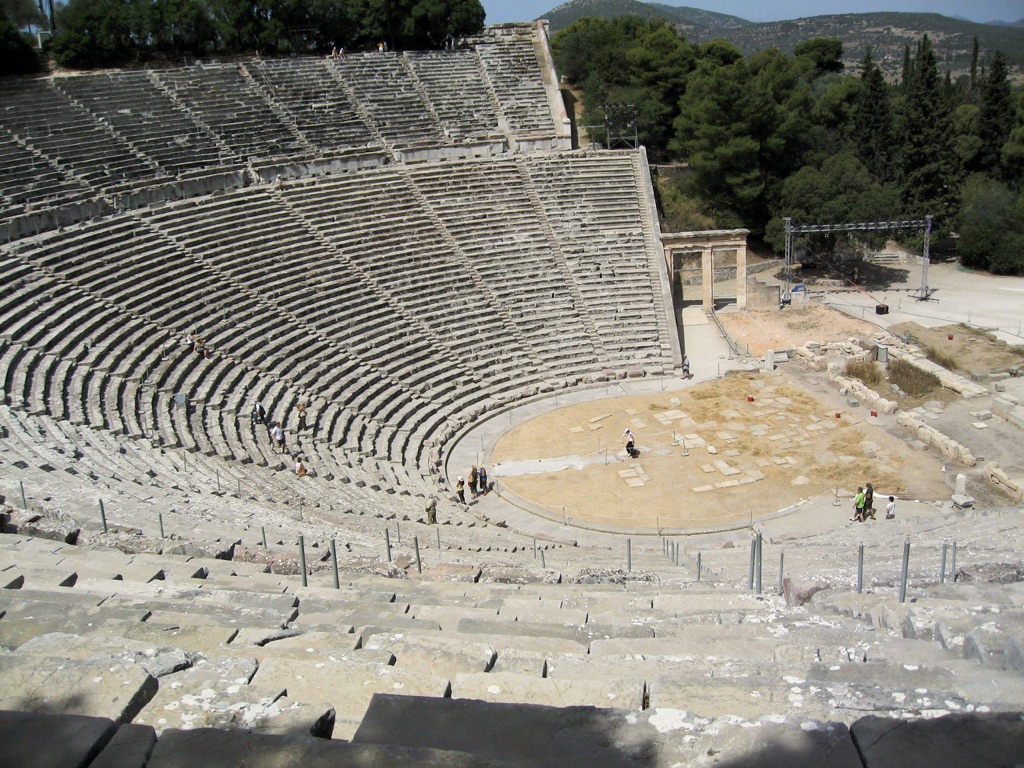
Architectural Highlights
The theatre is a masterpiece of ancient Greek architecture, showcasing the Greeks’ advanced understanding of acoustics and aesthetics. It is built into the natural slope of the mountain, with a capacity to seat up to 14,000 spectators. The theatre is divided into two sections: the lower section (orchestra) with 34 rows of seats, and the upper section (epitheatron) with 21 rows. The seats were made from local limestone, which absorbs moisture and makes sitting more comfortable. The theatre’s most striking feature is its exceptional acoustics. A performer standing at the center of the orchestra can be heard clearly by every spectator, even those sitting at the very top row, without the need for any amplification.
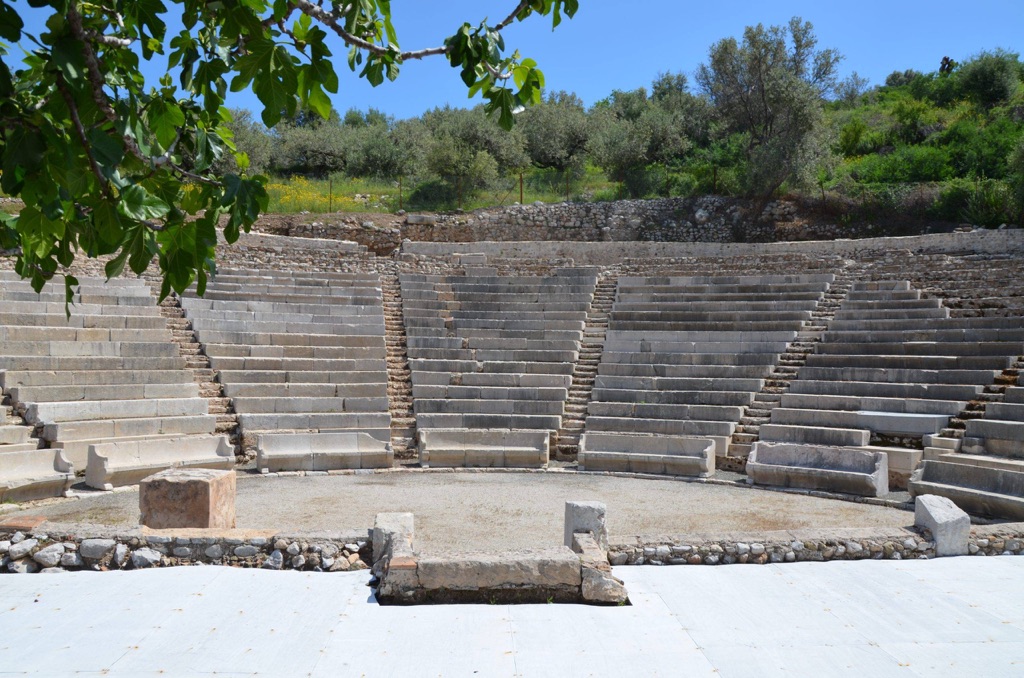
Theories and Interpretations
The theatre’s extraordinary acoustics have been a subject of study and debate among researchers. Some theories suggest that the rows of limestone seats act as a natural acoustic filter, absorbing low-frequency sounds and amplifying high-frequency sounds. Others propose that the theatre’s layout, particularly the arrangement and the spacing of the seats, contribute to its acoustic properties. The theatre’s alignment with the landscape and the wind direction may also play a role. Radiocarbon dating methods have been used to determine the age of the theatre, confirming its construction in the late 4th century BC.
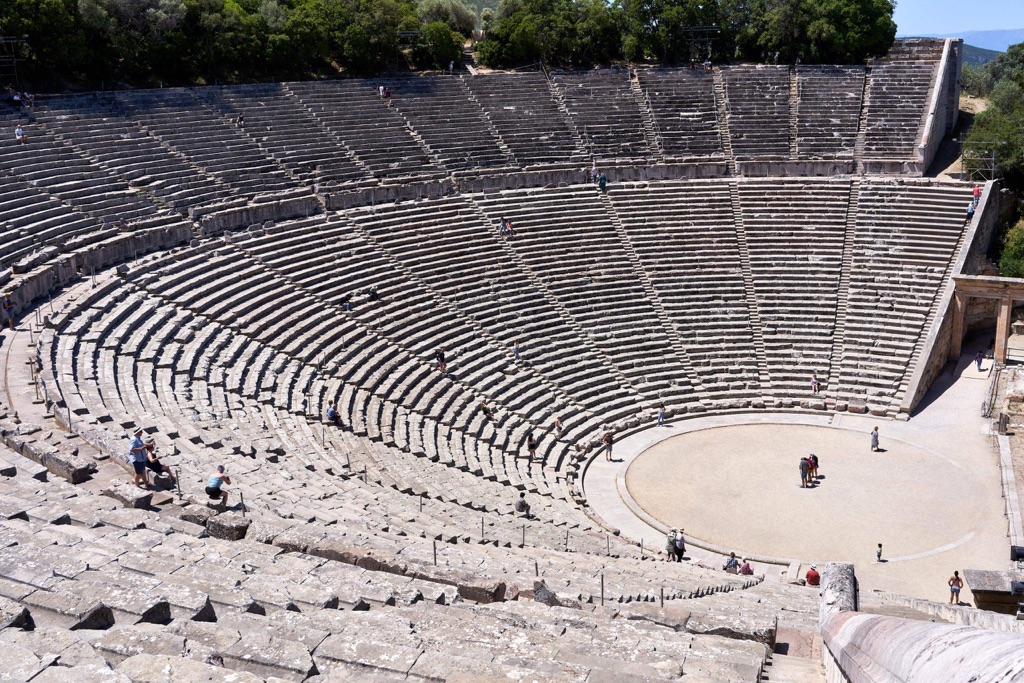
Good to know/Additional Information
Despite its age, the Ancient Theatre of Epidaurus is not just a historical monument. It continues to be a living theatre, hosting performances during the annual Epidaurus Festival. The theatre’s exceptional acoustics, combined with its historical and aesthetic appeal, provide a unique experience for performers and spectators alike. The theatre is also a UNESCO World Heritage Site, recognized for its outstanding universal value.
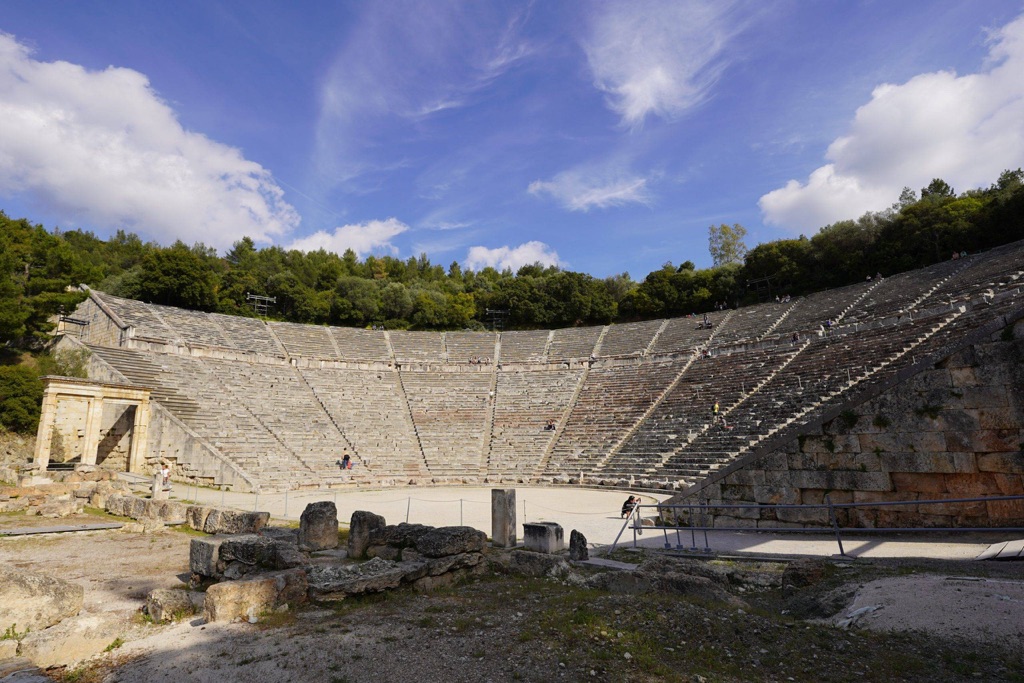
For further reading and information, refer to the following sources:
- Wikipedia: Ancient Theatre of Epidaurus
- Greeka: Epidaurus Ancient Theatre
- Why Athens: Getting to the ancient theatre of Epidaurus from Athens
If you like this article, you should definitely give these a read:
